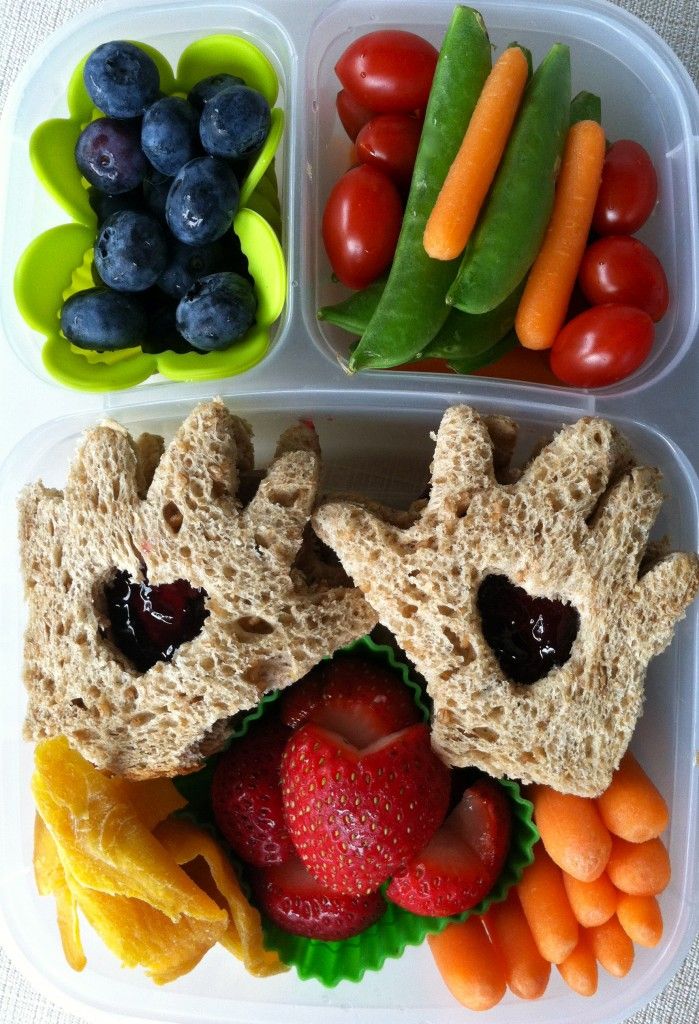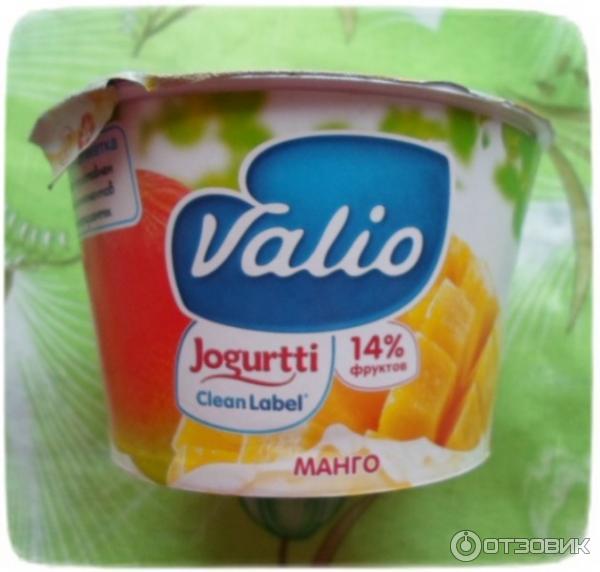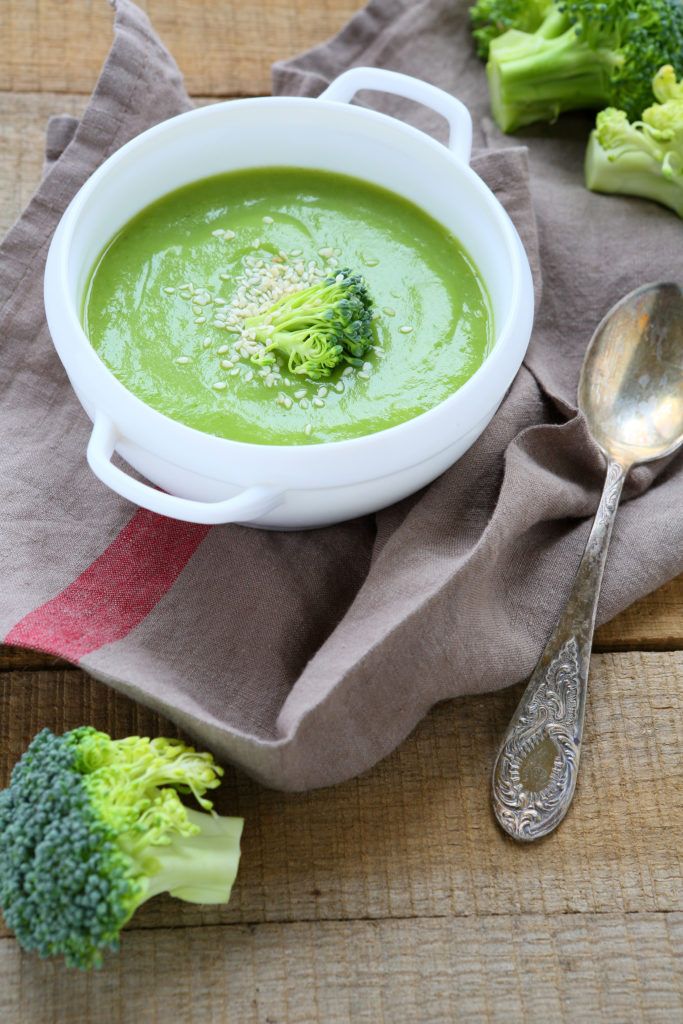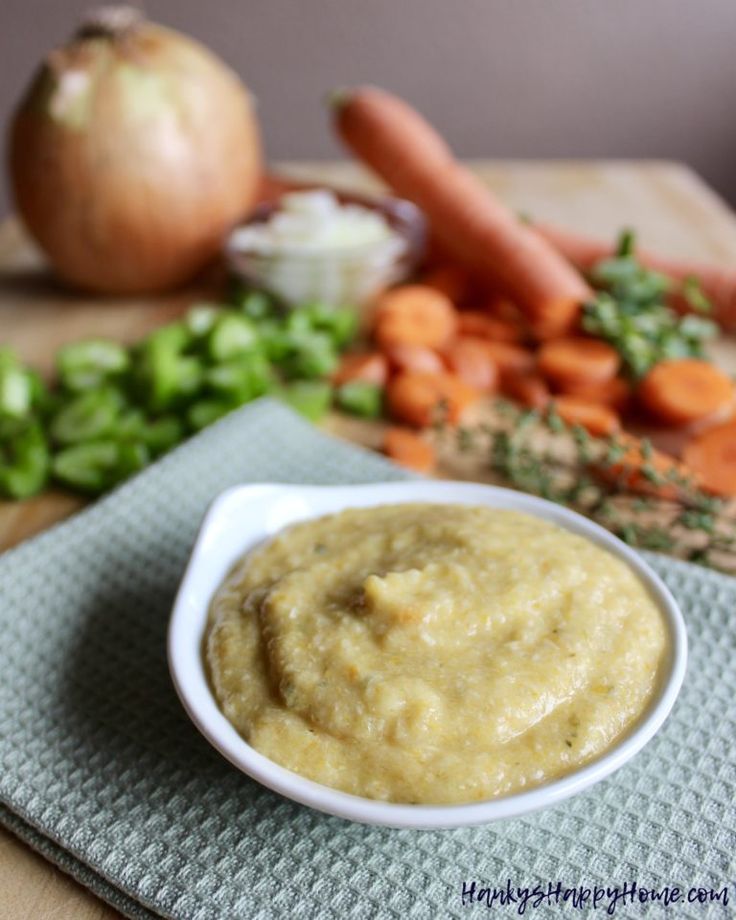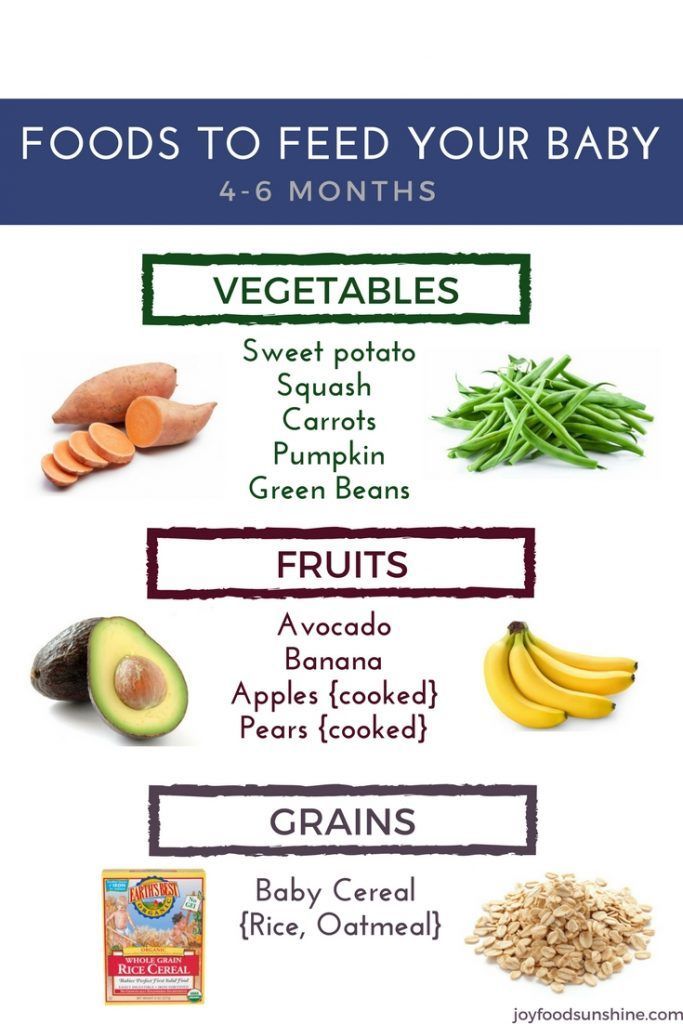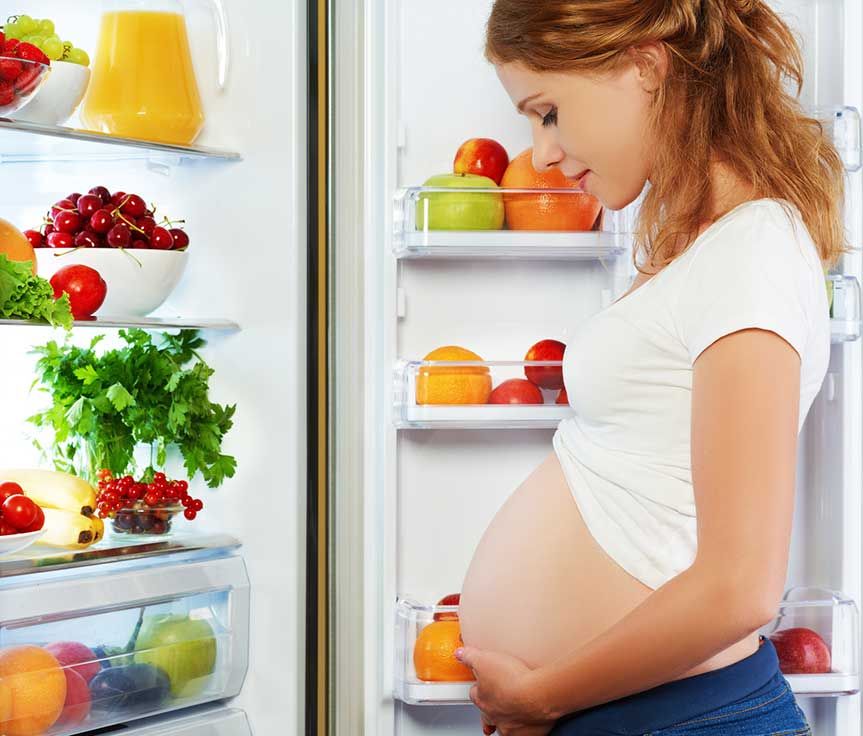Super brain food for babies
Nutrition to Help Kids Stay Sharp
Written by Anne Krueger
As fast as children whiz from classroom to activity to home and back again, their brains are just as rapidly growing and changing.
The foods they eat are important. "These years are critical for brain development, and what they eat affects focus and cognitive skills," says psychiatrist Drew Ramsey, MD, co-author of The Happiness Diet and Fifty Shades of Kale.
These 7 foods can help kids stay sharp and affect how their brains develop well into the future.
1. Eggs
The protein and nutrients in eggs help kids concentrate, says Los Angeles-based chef Beth Saltz, RD.
How to Serve It: Fold scrambled eggs into a whole-grain tortilla for a filling breakfast or late-afternoon snack. "The protein-carb combo tides kids over until the next meal with no sugar-induced energy crash," Saltz says. You can also try serving egg salad sandwiches or a few deviled eggs.
2. Greek Yogurt
Fat is important to brain health, says Laura Lagano, RD. A full-fat Greek yogurt (which has more protein that other yogurts) can help keep brain cells in good form for sending and receiving information.
How to Serve It: Pack Greek yogurt in a lunch with some fun mix-ins: cereal with at least 3 grams of fiber, and blueberries for a dose of nutrients called polyphenols. Dark chocolate chips are another option. They have polyphenols, too. These nutrients are thought to keep the mind sharp by hiking blood flow to the brain.
3. Greens
Full of folate and vitamins, spinach and kale are linked to lower odds of getting dementia later in life. Kale is a super food, packed with antioxidants and other things that help new brain cells grow.
How to Serve It: For some kids, greens are a hard sell. So rather than serving a salad, you may want to try some different ideas:
- Whip spinach or kale into smoothies for snack time.
- Add spinach to omelets or lasagna.
- Make kale chips. Cut kale from stems/ribs, drizzle with olive oil and a bit of salt, and bake.
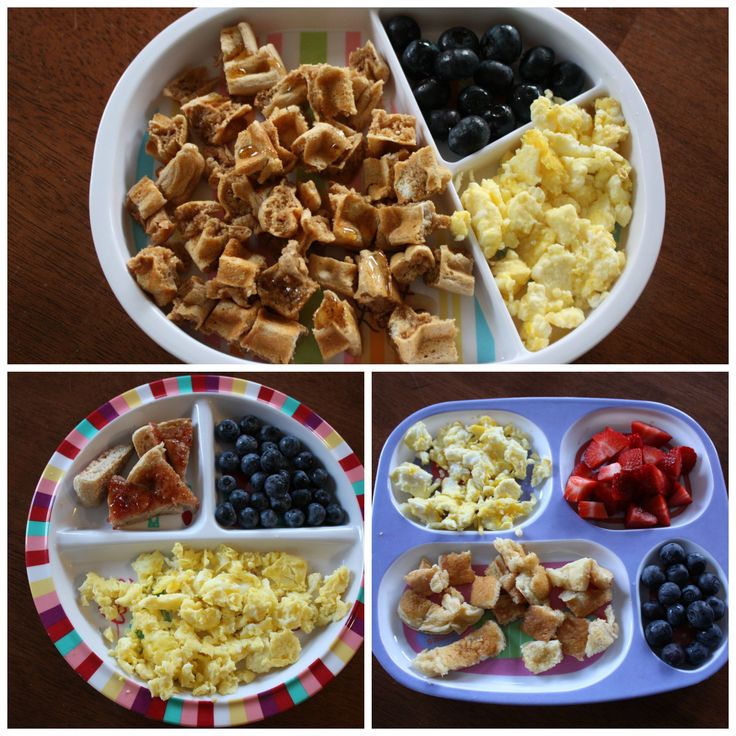
4. Fish
Fish is a good source of vitamin D and omega-3s, which protect the brain from declining mental skills and memory loss. Salmon, tuna, and sardines are all rich in omega-3s.
"The more omega-3s we can get to the brain, the better it will function and the better kids will be able to focus," says Bonnie Taub-Dix, RD, author of Read It Before You Eat It.
How to Serve It: Grill it and offer your child a sauce for dipping, add fish to tacos, or make tuna sandwiches.
5. Nuts and Seeds
Packed with protein, essential fatty acids, vitamins, and minerals, nuts and seeds may boost mood and keep your nervous system in check.
How to Serve It:
- There’s always peanut butter, or you can also buy or make sunflower seed butter. Sunflower seeds are rich in folate, vitamin E, and selenium, and safe for nut-free zones. If you can’t get your kids to eat the seeds themselves, use the spread on whole-grain crackers or bread.

- Make pesto: Nuts combined with olive oil and dark leafy greens make a healthful and tasty sauce you can serve over whole-grain pasta.
6. Oatmeal
Protein- and fiber-rich oatmeal helps keep heart and brain arteries clear. In one study, kids who ate sweetened oatmeal did better on memory-related school tasks than those who ate a sugary cereal.
How to Serve It: Add cinnamon. Compounds in the spice may protect brain cells, research shows.
7. Apples and Plums
Kids often crave sweets, especially when they're feeling sluggish. Apples and plums are lunchbox-friendly and contain quercetin, an antioxidant that may fight decline in mental skills.
How to Serve It: The good stuff is often in the skin of fruit, so buy organic, wash well, and put the fruit in a bowl for quick snacks.
10 Foods to Build Baby's Brain Development
Has the time come to transition your baby into the world of solids? (Raise your hand if you’re feeling excited.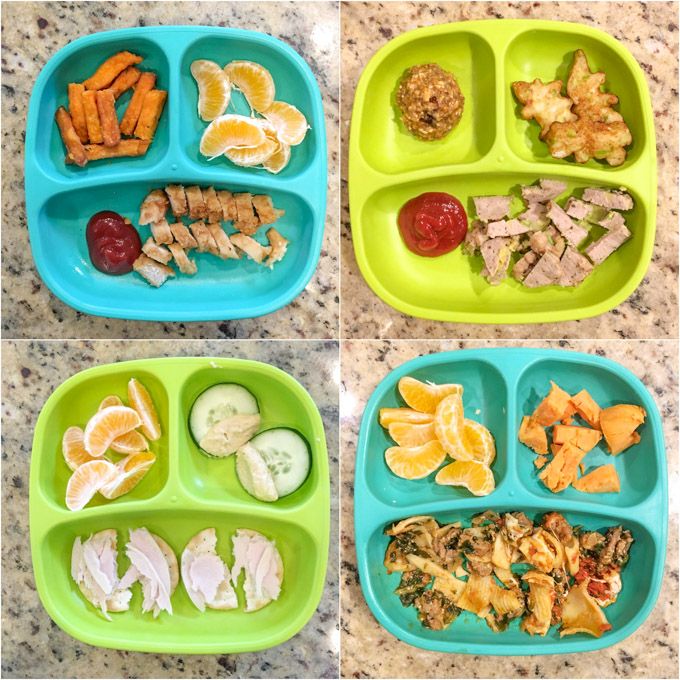 ) Each baby’s first experience with solids is different—some babies take to their first foods right away, while others require some trial and error. Allow your baby to sample a variety of healthy and nutritious foods, and let patience—and nutrition—be your guide, especially to support that growing brain.
) Each baby’s first experience with solids is different—some babies take to their first foods right away, while others require some trial and error. Allow your baby to sample a variety of healthy and nutritious foods, and let patience—and nutrition—be your guide, especially to support that growing brain.
Remember to not start solids until your baby is 6 months old (not 4 months, as used to be the case), and always check in with your child’s pediatrician before starting solids, in case there are any specific considerations for your little one. Once you get the go-ahead, focus on foods that are rich in nutrients that support your baby’s healthy growth.
1. Avocado
Creamy, mashed avocado is a popular first food. Avocado is a nutrient-dense fruit with plant-based fat, vitamins and minerals. Not only is it nutritious, as fats contribute to brain cell development, but the texture is soft and easy for baby to tolerate.
2. Greek yogurt
Whole-milk yogurt is a nutritious early food because it contains calcium, protein and healthy fats.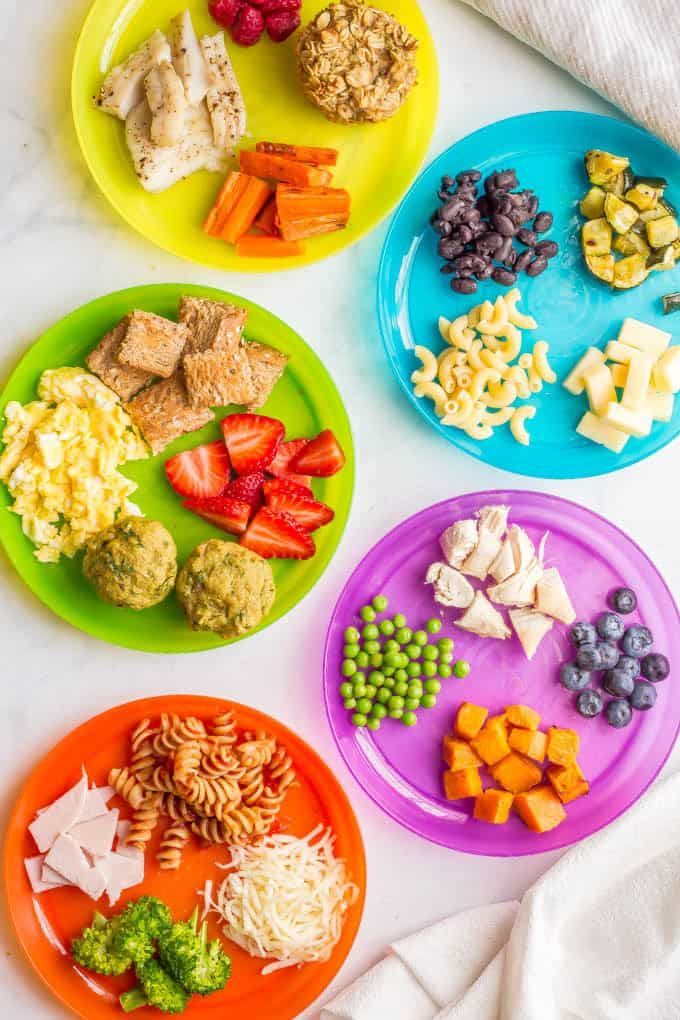 The culturing process involved in making yogurt helps break down the proteins, making them easy for babies to digest, and incorporating fats into your baby’s diet will help develop their brain cells. Plus, babies tend to like the rich, creamy texture of Greek yogurt. Because it contains cows’ milk, some pediatricians recommend waiting to introduce yogurt between 9 and 10 months of age, so check with your child’s doctor first.
The culturing process involved in making yogurt helps break down the proteins, making them easy for babies to digest, and incorporating fats into your baby’s diet will help develop their brain cells. Plus, babies tend to like the rich, creamy texture of Greek yogurt. Because it contains cows’ milk, some pediatricians recommend waiting to introduce yogurt between 9 and 10 months of age, so check with your child’s doctor first.
Related: Everything you need for starting solids with your baby
3. Blueberries
Dark berries like blueberries are packed full of antioxidants, which protect the brain from stress and damage. You can offer blueberries mashed or blended into a smoothie, yogurt or oatmeal or as a finger food.
4. Whole grain porridge
Offering your baby a whole-grain cereal blend is a nutrient-rich option. Whole grains such as oatmeal, quinoa and barley should be pulverized and blended into a fine powder form and mixed with water or breast milk.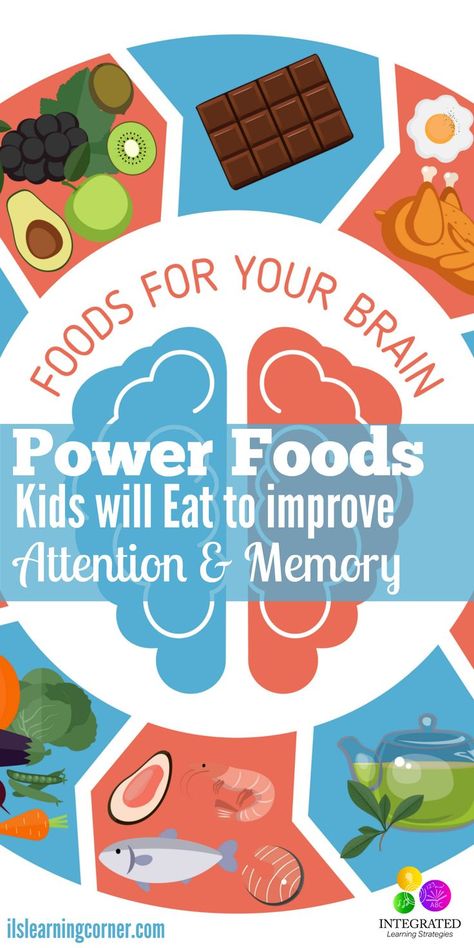 You can also mix in a bit of yogurt or a fruit/vegetable blend. Whole grains offer fiber and a source of protein.
You can also mix in a bit of yogurt or a fruit/vegetable blend. Whole grains offer fiber and a source of protein.
5. Eggs
Egg yolks contain cholesterol, which is what comprises the outer lining of brain cells. In addition, they contain fat-soluble vitamins as well as choline, selenium and vitamin B12—all important for brain development.
Related: 5 ways to help your picky eater get the nutrition they need
6. Nut butters
Traditional nuts in their butter form are a good source of healthy fat, protein and fat-soluble vitamins. Peanut, cashew and almond butter are all options to offer your baby when you feel they’re ready.
You could offer it as a small spoonful mixed into your baby’s cereal or porridge blend, yogurt or even applesauce.
Note: According to recommendations from the American Academy of Allergy, Asthma and Immunology, highly allergenic foods like nuts can be introduced into infants’ diets as early as 6 months of age—and should be introduced early and often, as research shows this tactic can actually prevent the development of food allergies down the line.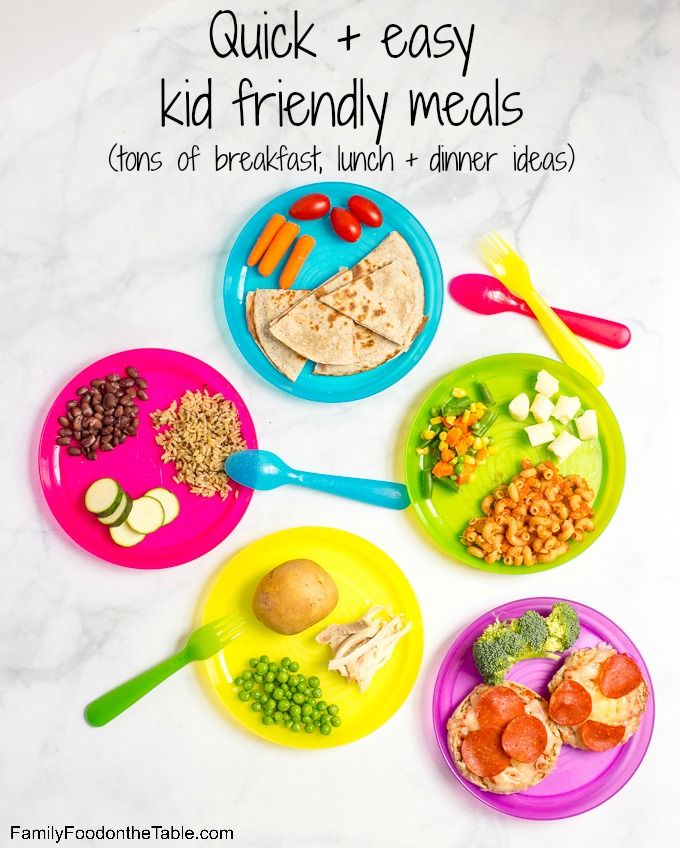
7. Apples
These nutritious fruits contain quercetin, which helps stimulate brain activity. Apples, whether pureed, cooked soft or raw, are easy to offer as a first food and throughout your baby’s transitional food stages. (Check out this great applesauce recipe!) As they become more comfortable with finger foods and as they develop teeth, you could offer apples with nut butter as a healthy pairing.
8. Lentils
Lentils are available in various forms and are especially nutritious because they contain fiber, iron and protein. They’re soft and easy to cook (no long soaking periods required) and can easily be blended into puree or soup form. They’re also one of the more neutral-tasting legume and bean options to initially offer.
9. Leafy Greens
While these may be hard to offer initially as a single vegetable, they could be used as a blend so they’re tolerated better. For example, you could blend spinach with apple or carrots, or make a spinach pesto to coat pasta once your little one is older.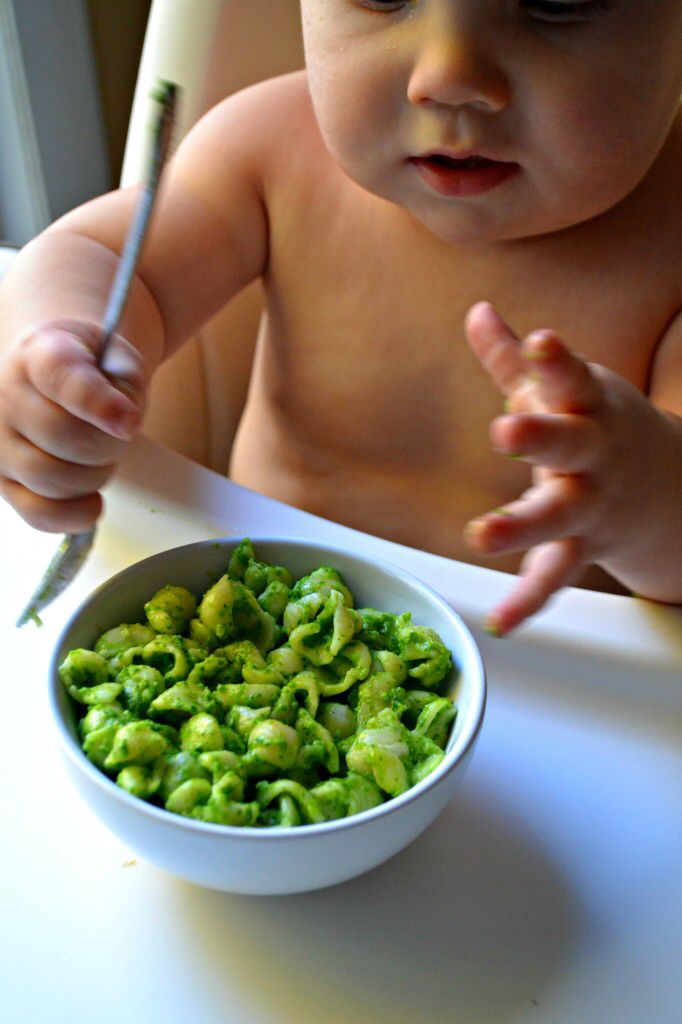 Because many leafy greens contain nitrates, some pediatricians recommended them as a later introduction at perhaps closer to 10 months onwards.
Because many leafy greens contain nitrates, some pediatricians recommended them as a later introduction at perhaps closer to 10 months onwards.
Leafy greens such as spinach or kale offer lutein and vitamin K, which contribute to brain activity.
10. Salmon
Babies’ growing brains require DHA, an omega-3 fatty acid that is essential to cognitive development. Salmon is an excellent dietary source of DHA. You could mash some cooked, mix into a puree or even create a salmon burger or nuggets if finger foods are accepted.
A version of this post was originally published on Sept. 28. 2021. It has been updated.
11 Foods Good for the Brain and Improve Memory | 74.ru
All newsThey steal from pockets, twist light bulbs and give a lot of happiness. The owner of a raccoon family spoke about her pets
Motorists got stuck in a traffic jam on the M-5 highway in the Chelyabinsk region
“She is different”: a dermatologist told how to find a deadly mole in her
“We saw how the dead were carried out in packages” : a report from Kostroma, where a nightclub burned down
A bus had a fatal accident on the highway near Chelyabinsk
The teenager's mother responded to accusations of attacks on residents of settlements near Chelyabinsk
Doctors named 20 foods that can lead to gout
A car burned down near a bus stop in Chelyabinsk. The incident was caught on video
The incident was caught on video
“People like me supplied gangsters for organized crime groups.” The story of a guy who puts things in order in his “neighbourhood”
“You won’t do anything to me”: a troubled teenager attacks residents of villages near Chelyabinsk
They broke through one door: how the Kostroma club “Polygon” burned down along with the guests. The whole story of tragedy
Three people died in a fire in the Chelyabinsk region
Iran supplied drones to Russia, and "Talk about the important" is a must-see: NWO news for November 5
"People ran out and just howled." What happened before the fire in the nightclub, where 13 people died
Pine trees began to be planted on Khudyakov to replace the trees demolished during the widening of the road
Like three drops of water! The story of inseparable triplets that only their parents can tell apart (can you do it?)
“I’m not a model, I’m joking funny, I’m not looking for a sponsor”: we are discussing with a psychologist what to write in a profile on a dating site to arouse interest
In Chelyabinsk, a minibus took off for a stop during a snowfall and knocked down a man
Without food, they will live for two weeks : the whole country is watching the fate of dolphins thrown into the sea by their owners
The mother of a girl who was hospitalized after a conflict in a minibus spoke about her daughter's condition
Details of a fire in a Kostroma cafe became known
Why didn't the Ministry of Emergency Situations check the fire safety of the club that burned down in Kostroma? Official response
The police detained the alleged culprit of the fire in the club in Kostroma
She is up to his waist: a girl 110 cm tall meets a 2-meter guy - see what an unusual couple looks like
"Tired of running back and forth": the story of an IT specialist lived in six countries after the start of SVO
In Chelyabinsk, a minibus passenger pushed a teenager and a friend out of the passenger compartment, a girl in a hospital
The driver of the towed car died on the Chelyabinsk-Troitsk highway
The evacuation exits were locked: what is known about the fire in the Kostroma Polygon club
Do they think that we are doomed to rest at home? How Sochi's greed scares off tourists
A family from Kopeysk got into a fatal accident in the Kurgan region. A criminal case has been initiated
A criminal case has been initiated
The death toll in a fire in a nightclub in Kostroma has grown to 130003
He is younger than you thought. Today is the anniversary of the creation of the monument to Lenin in Chelyabinsk
“We don’t know what to do with you, you are the first to come alive”: the father of five daughters returned from the SVO and told what is happening there
“People no longer want to change gadgets every year »: sales of smartphones in Russia fell by 30%
More than 300,000 were mobilized, and even convicted people will be called up: CBO news for November 4
Chelyabinsk airport warned of possible flight delays due to heavy snowfall
Porridge underfoot and grits in the face: we look at how Chelyabinsk residents survived the first snowy holiday
The President approved the alternative service during mobilization
All news
It turns out that dark chocolate increases concentration
Share
The habitual diet affects our well-being, general condition of the body and even the ability to assimilate information and make decisions.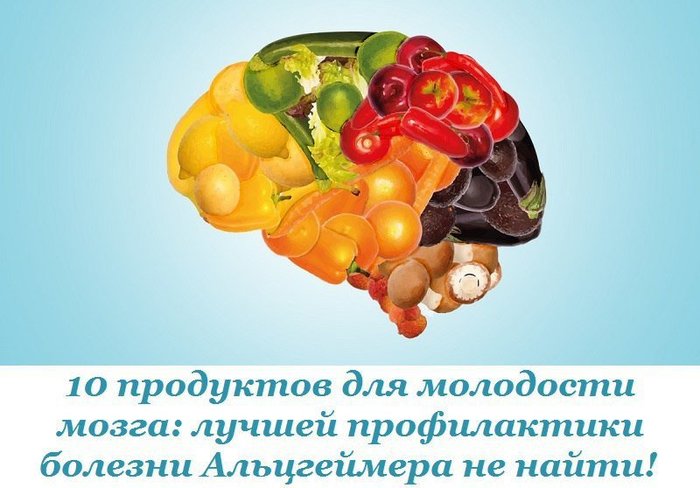 Nutritionist Uma Naidu told our colleagues from Dr. Peter what foods will save you from anxiety and help your brain work more efficiently.
Nutritionist Uma Naidu told our colleagues from Dr. Peter what foods will save you from anxiety and help your brain work more efficiently.
Uma Naidu is a dietitian, psychiatrist, and head of the Department of Nutrition and Lifestyle Psychiatry at Massachusetts General Hospital. He teaches at Harvard Medical School.
To cope with the stress and anxiety that have been overwhelming lately, many people prefer to "seize" problems, focusing on sweets and fats. A typical scheme that always works: I got worried, ate a cake and a cake, watched a series, calmed down a bit. Or the second item can be replaced with a piece of pizza, pies, fast food.
Sometimes you really have to allow yourself to eat what you want. Even if it is very harmful. However, for many, coping with stress through food becomes a habit. A person does not notice how, in any anxious situation, he reaches for a piece of something tasty.
Uma Naidu is sure that foods that will not provoke weight gain and a sharp surge in blood glucose will help to cope with stress.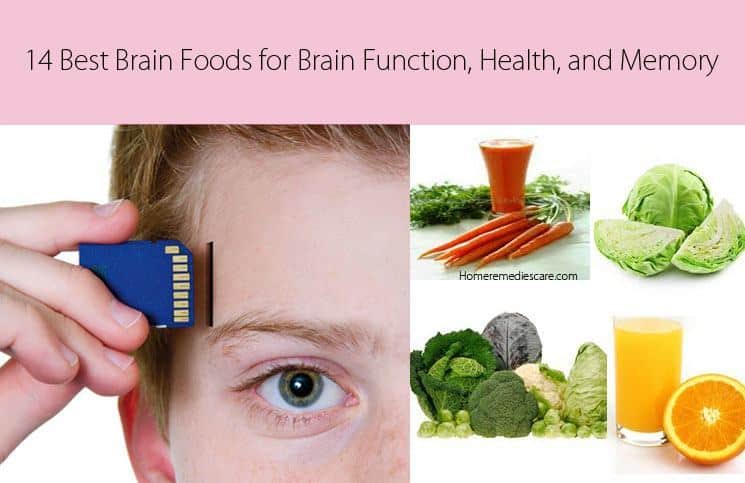 In addition, they have a beneficial effect on mental activity. Better to “feed” your brain than anxiety.
In addition, they have a beneficial effect on mental activity. Better to “feed” your brain than anxiety.
- Based on my practice with hundreds of patients, I have compiled a list of products that are ideal for improving brain function. Unfortunately, people don't eat enough of them. By including this food in your diet, you will improve your mood, memory and help your brain work much more efficiently, says the doctor.
Spices aren't just for adding flavor and aroma to your food. Properly selected seasonings can affect well-being. Some have antioxidant properties that help the brain fight harmful free radicals. Accordingly, they prevent oxidative stress, which can damage tissues. So, for example, turmeric helps to overcome anxiety and cheer up, and saffron "muffles" the symptoms of depression.
Fermented foods are foods or drinks that are obtained by the controlled growth of microorganisms and the enzymatic conversion of food components. For example, this is yogurt on a "live" sourdough, sauerkraut, kombucha.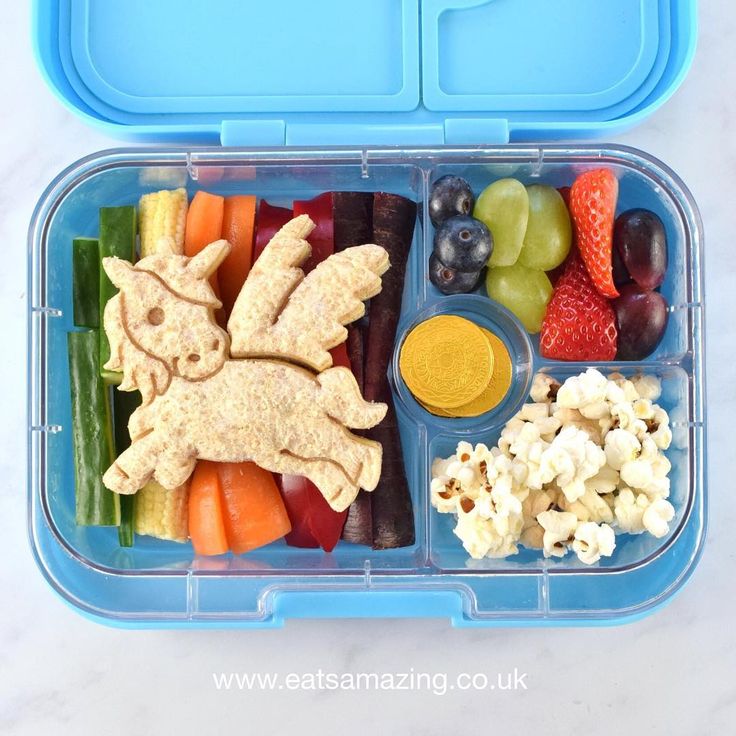 These foods improve the functioning of the digestive tract, help bowel function, and also reduce anxiety.
These foods improve the functioning of the digestive tract, help bowel function, and also reduce anxiety.
Avocado is recommended as an excellent antioxidant: it contains vitamins C and E, carotenoids, zeaxanthin and lutein. With such a set of antioxidants, it should have the most beneficial effect on vision and brain tissue. It also contains almost the entire group of B vitamins and especially folic acid. As well as potassium, vitamin K, magnesium, boron, nickel, rubidium, molybdenum, phosphorus, zinc. The nutritionist noted that numerous studies have shown a link between depression and magnesium deficiency.
Cocoa beans contain theobromine and phenylethylamine, which produce endorphins in the body, which make us a little happier and increase concentration. Therefore, a few pieces of real dark chocolate, in which the cocoa content is not less than 70%, will definitely help you cheer up and feel better.
Leafy greens contain vitamin E, flavonoids and carotenoids.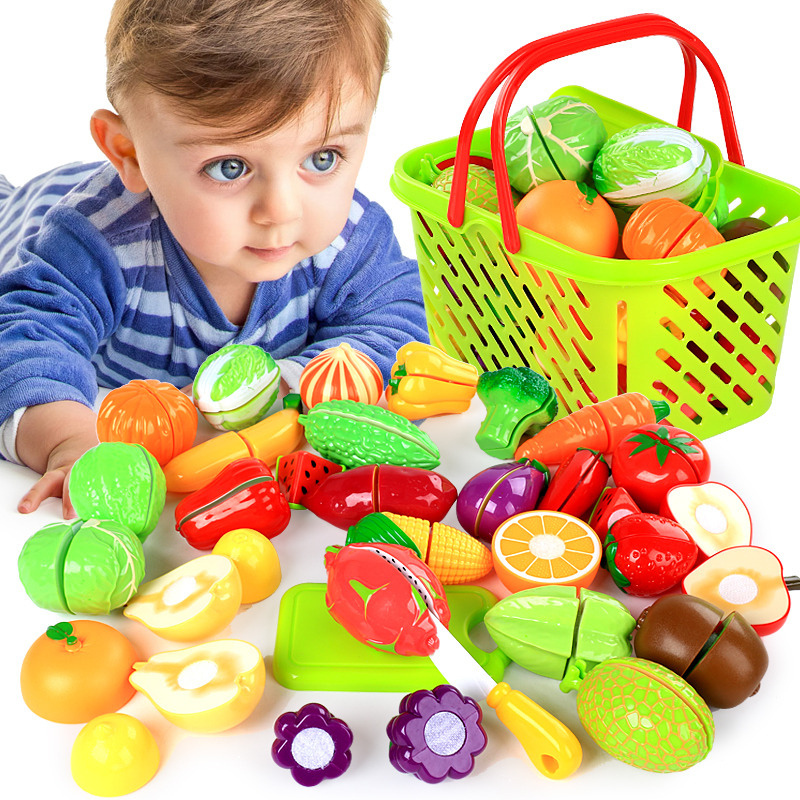 All of them protect against cognitive decline and the risk of developing dementia, help us to “think” better. Therefore, try to eat cabbage, spinach, broccoli as often as possible.
All of them protect against cognitive decline and the risk of developing dementia, help us to “think” better. Therefore, try to eat cabbage, spinach, broccoli as often as possible.
Nuts are a great, nutritious snack that's easy to take with you. Studies show that the combination of healthy fats, protein, and fiber in nuts promotes long digestion. Because of this, blood sugar levels stabilize. As for walnuts, it is they that have the most fat, which are necessary for the proper functioning of the brain. Uma Naidu advised eating 30 grams of nuts a day as a snack or adding them to salads and side dishes.
Eat and lose weight: a nutritionist told what foods will help speed up the metabolism.
These products must not be washed before cooking, but almost no one knows about it.
He is no more. How to replace your favorite cream - 10 pharmacy finds that also work.
On the topic
-
June 29, 2022, 11:00
“Teachers are hostages of the situation”: a student who scored 100 points on the Unified State Examination in mathematics spoke frankly about the shortcomings of education
Sofya Khromova0124
See the typo? Select a fragment and press Ctrl+Enter
COMMENTS20
Read all comments
What can I do if I log in?
COMMENT RULES
0 / 1400 This site is protected by reCAPTCHA and Google.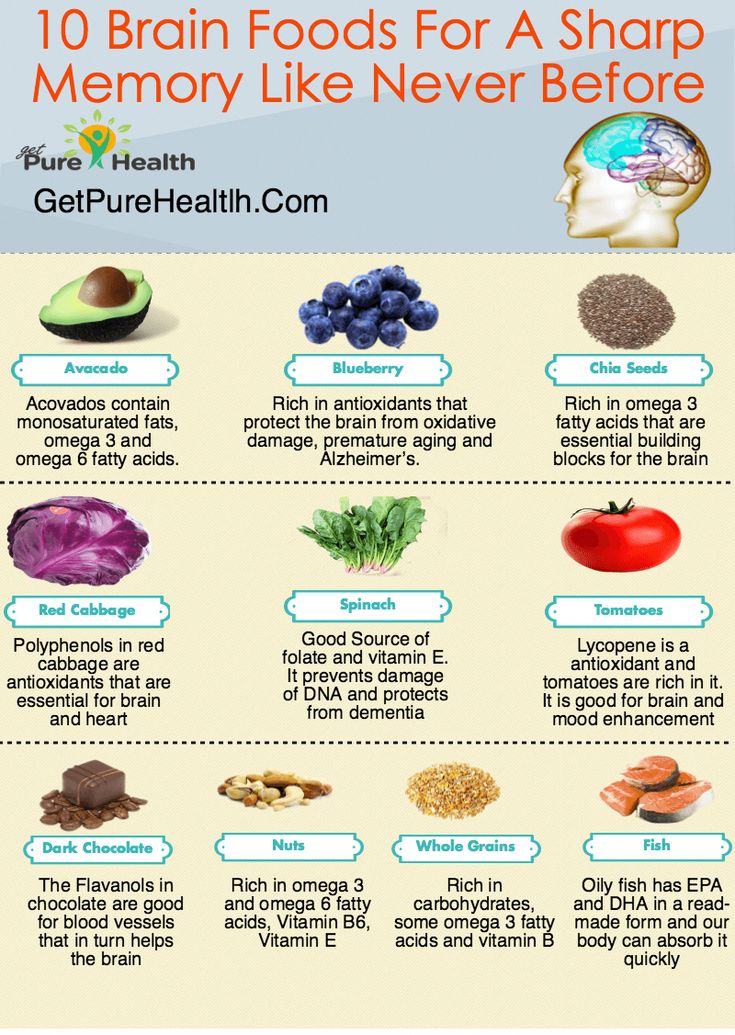 The Privacy Policy and Terms of Use apply.
The Privacy Policy and Terms of Use apply.
Media news2
Media news2
Food for thought - NCCH
Senior pre-school (from 4 to 6 years old) and junior school age (from 6 to 10 years old) are two very important periods in a child's life. It was at this time that the intensive development of memory, speech, attention takes place, the formation of character, the emotional sphere and many habits, including food habits, takes place.
In order to ensure the correct development of the child in different age periods, food, not only quantitatively, but qualitatively, must strictly meet the physiological needs and capabilities of the child's body.
It is especially important to properly approach the issue of nutrition for children who are going to school for the first time. During this crucial period of increased psychological, physical, mental and emotional stress, the child's body should be supported with all the necessary nutrients.
The brain by weight is only 2 - 3% of body weight, but consumes about 20% of all energy received from food.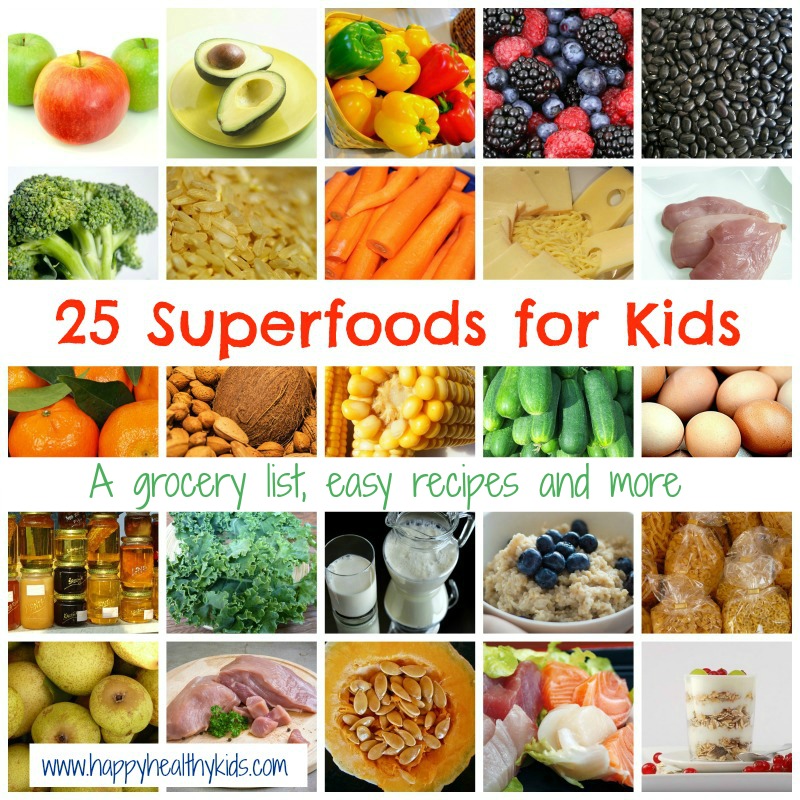
The dependence of intelligence on the quality of nutrition can be considered proven. Large-scale studies have reliably confirmed: malnutrition of the mother during pregnancy and poor nutrition of the child in infancy have an almost irreversible negative impact on the development of mental abilities.
The cells of the brain, like all other cells of the body, are composed of proteins, fats and carbohydrates.
The role of proteins in the vital activity of the child's organism is exceptionally great and diverse. Since the child has practically no reserve reserves of protein, he needs a constant supply of protein from food, primarily protein of animal origin, which includes essential (not formed in the body) amino acids.
Fats are part of cells and cell membranes. The intake of essential polyunsaturated fatty acids with food, which perform the most important functions in the body, is very important. They are necessary for the normal development of the brain and organs of vision, the formation of immunity, etc.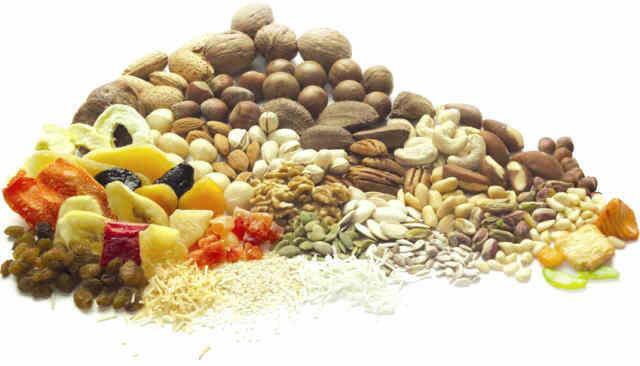
Polyunsaturated fatty acids, especially omega-3 acids, regulate cholesterol levels. They are rich in cod liver, fish oil and in general oily fish - trout, chum salmon. Useful corn, soybean, linseed vegetable oil. One tablespoon of any vegetable oil is enough to meet the daily requirement for polyunsaturated fatty acids. By the way, vegetable oil is the more useful, the closer to the north the oilseed crop is grown.
Our brain needs a lot of glucose to work properly. We usually get it from foods rich in carbohydrates - such as bread, cereals, confectionery, sugar. By the way, glucose is the only source of energy for our nerve cells - neurons, they are very sensitive to its content in the blood, so its insufficient supply immediately affects the brain.
With a varied diet, the child receives not only proteins, fats and carbohydrates, but also vitamins and minerals, which are also necessary for the active functioning of the brain.
Vitamin B1 (thiamine) is the vitamin of the mind.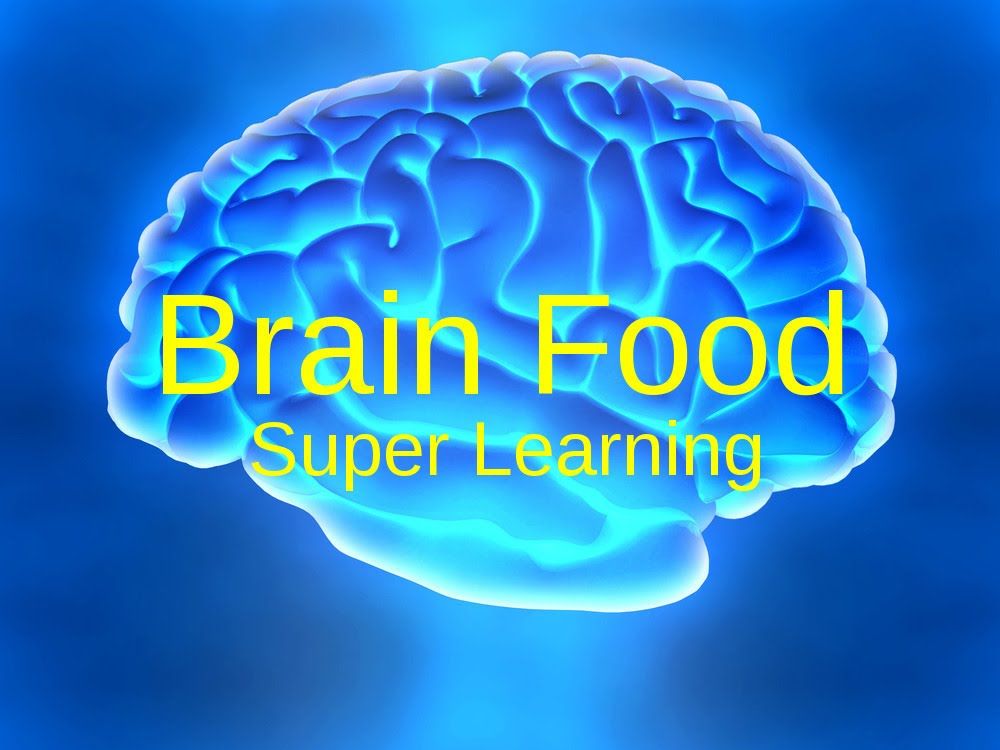 With physical and mental stress, the need for this vitamin increases by 10-15 times. It affects metabolism and the function of the nervous system. Vitamin B1 is contained in large quantities in the shells of grain products, cereals (buckwheat, millet, oatmeal), shelled peas, yeast, potatoes, blackberries, raspberries, chicory, blueberries, rose hips, sorrel.
With physical and mental stress, the need for this vitamin increases by 10-15 times. It affects metabolism and the function of the nervous system. Vitamin B1 is contained in large quantities in the shells of grain products, cereals (buckwheat, millet, oatmeal), shelled peas, yeast, potatoes, blackberries, raspberries, chicory, blueberries, rose hips, sorrel.
Vitamin B2 (riboflavin) is a metabolic stimulant. It is involved in tissue respiration, affects tissue regeneration. The need for this vitamin is well covered by plant foods: these are cereals, bread, peas, many vegetables and fruits. There is a lot of riboflavin in sea buckthorn, dandelion, chicory, rosehip.
Vitamin B6 (pyridoxine) - vitamin of strong nerves - affects the excitability and contractility of the neuromuscular apparatus, improves long-term memory, increasing the efficiency of intellectual processes. Found in bananas, potatoes, oatmeal, tuna, chicken. The daily norm can be obtained from 200 g of beef and 50 g of bran flakes. Dishes made from potatoes, wheat, cabbage, peas, buckwheat, sweet peppers, rice, and some fruits are rich in this vitamin.
Dishes made from potatoes, wheat, cabbage, peas, buckwheat, sweet peppers, rice, and some fruits are rich in this vitamin.
Vitamin C (ascorbic acid) - immunity vitamin. With a deficiency of ascorbic acid, performance decreases. It is possible to develop a disease such as scurvy. Ascorbic acid is an antioxidant and strengthens cell membranes, increases resistance to oxygen deficiency and other extreme factors. The main source of vitamin C is plant foods: most vegetables and fruits, as well as black currants, citrus fruits, kiwi, rose hips.
Vitamin A (retinol) affects visual acuity. The need for vitamin A increases 3-4 times during competitions, physical exertion, and stress. Vitamin A in the form of carotenoids is found not only in cultivated plants (carrots, spinach, peppers, onions, lettuce, tomatoes), but also in wild plants (hawthorn, blackberry, shadberry, viburnum, raspberry, mountain ash, blueberry, dog rose).
Vitamin E (tocopherol) increases the speed of nervous processes, reaction time and intelligence.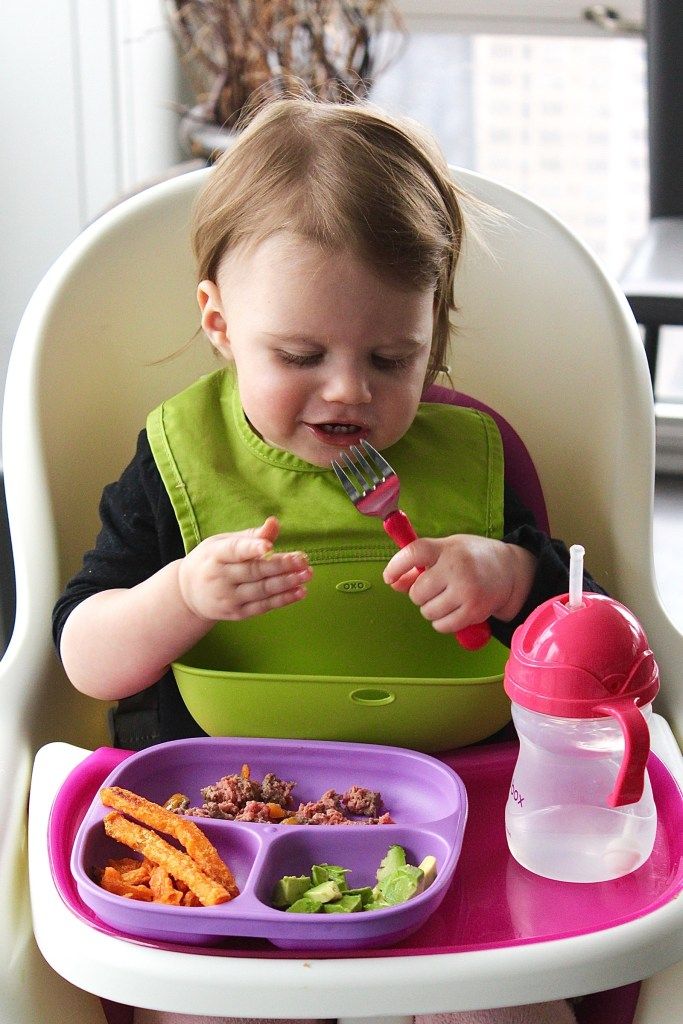 Tocopherol has antioxidant properties. There is a lot of vitamin E in vegetable oils, cereal germs, green vegetables, sea buckthorn, wild rose, as well as blackberries, mountain ash.
Tocopherol has antioxidant properties. There is a lot of vitamin E in vegetable oils, cereal germs, green vegetables, sea buckthorn, wild rose, as well as blackberries, mountain ash.
Vitamin P - permeability vitamin. Vitamin P is understood as a large group of diverse (over 500) chemical compounds (polyphenolic compounds, or bioflavonoids). They not only strengthen capillaries, as was previously thought, but also have antioxidant, antimicrobial, antiviral, antitoxic, anti-inflammatory, antispasmodic, antiulcer, regenerating, antitumor and choleretic effects. Bioflavonoids are found in the same foods as vitamin C, i.e. vegetables and fruits.
Deficiency of vitamin F can lead to depression and memory impairment. It is found in greens, cabbage leaves, spinach.
Choline is a fat-like substance that helps maintain communication between different parts of the brain. Its deficiency leads to absent-mindedness, inability to concentrate.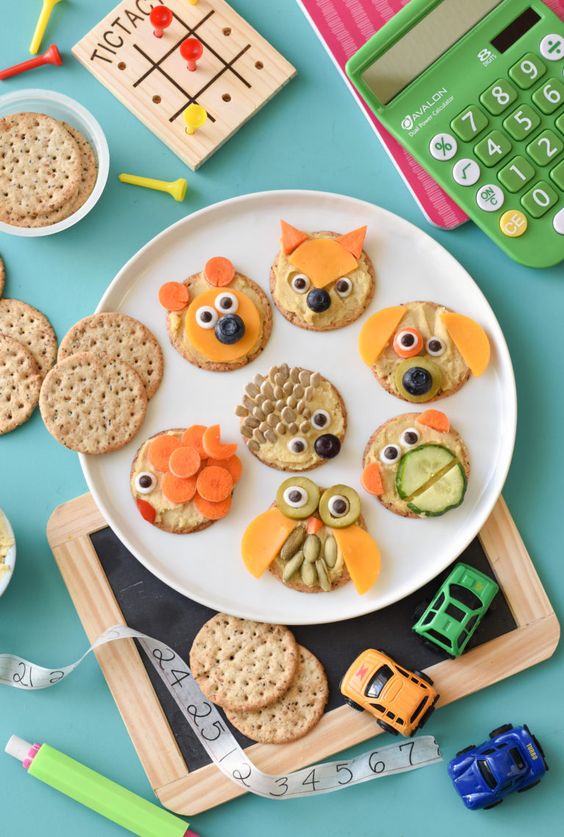 Choline is one of the components of lecithin, which is found in egg yolks, offal (beef and pork liver, kidneys).
Choline is one of the components of lecithin, which is found in egg yolks, offal (beef and pork liver, kidneys).
Calcium . Universal regulator of vital processes. It takes part in the transmission of nerve impulses, the secretion of hormones and mediators, the activity of analyzers, etc., stabilizes the excitability of cells. It has recently been found that this element is able to fight depression. Found in dairy products, dried fruits, broccoli, almonds, sardines. Many fruits and vegetables also contain significant amounts of calcium. These include apricots, grapes, peas, cabbage, green onions, parsley, lettuce, plums, mulberries, etc. Sorrel and spinach are rich in calcium, but the presence of oxalic acid prevents its absorption. Calcium is ideally absorbed in the composition of eggplant, beets, Brussels sprouts, tomatoes. Calcium is also found in many wild-growing edible plants: lingonberries, dogwoods, blueberries, etc.
Potassium .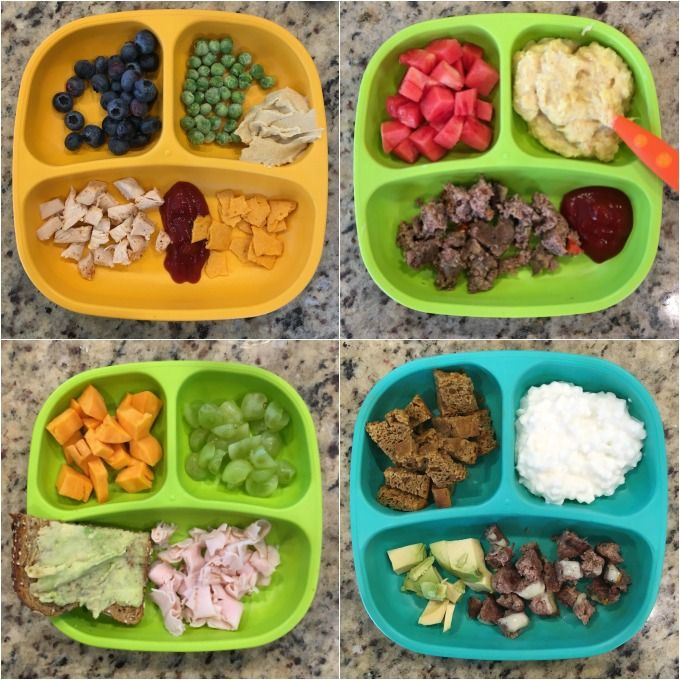 Participates in the processes of transmission of nervous excitation, conduction of impulses along nerve fibers, regulates muscle excitability, promotes the expansion of the capillary network, improves blood supply to working muscles. It is especially necessary for the normal functioning of the heart. The most rich in potassium are dried fruits, such as apricots, raisins, dried apricots, dry peaches, dates, prunes. A lot of potassium in baked potatoes, tomatoes, parsley, spinach, Brussels sprouts, blackcurrants, beans, celery, figs. An additional source of potassium can be lingonberries, blackberries, raspberries, dandelions, chicory, blueberries, rose hips, etc.
Participates in the processes of transmission of nervous excitation, conduction of impulses along nerve fibers, regulates muscle excitability, promotes the expansion of the capillary network, improves blood supply to working muscles. It is especially necessary for the normal functioning of the heart. The most rich in potassium are dried fruits, such as apricots, raisins, dried apricots, dry peaches, dates, prunes. A lot of potassium in baked potatoes, tomatoes, parsley, spinach, Brussels sprouts, blackcurrants, beans, celery, figs. An additional source of potassium can be lingonberries, blackberries, raspberries, dandelions, chicory, blueberries, rose hips, etc.
Phosphorus is so closely associated with calcium that it is often referred to as phosphorus-calcium metabolism. It is involved in many types of metabolism. It is especially important for the functions of the nervous and muscular systems. Phosphorus is found in small amounts in animal products - meat, fish.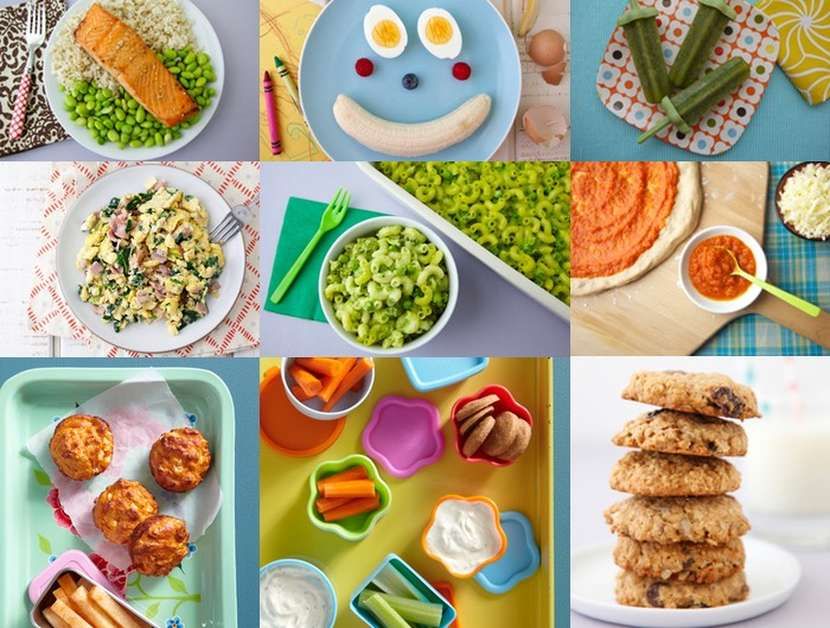 A good source of it are only dried fruits, legumes, baked goods, as well as vegetables and herbs: onions, parsley, parsnips, cabbage, horseradish, lettuce, carrots, beets.
A good source of it are only dried fruits, legumes, baked goods, as well as vegetables and herbs: onions, parsley, parsnips, cabbage, horseradish, lettuce, carrots, beets.
Iron is part of hemoglobin, redox enzymes, thereby participating in oxygen transport in tissue respiration. Iron deficiency anemia, which is often detected in young children, leads to the fact that at an older age, especially in elementary school, the child is restless, cannot concentrate on lessons, is motorally disinhibited, concentration and memory deteriorate.
It is very important to take into account not only the quantitative content of iron in products, but also its qualitative form. There are two main types of iron: heme, which is found in meat products, and non-heme, mainly in plant products.
Heme iron is well absorbed and absorbed by the body regardless of the influence of other food ingredients, the percentage of absorption is 17 - 22%, while the absorption of non-heme iron is much lower, 3 - 5%, and its absorption is influenced as activators (organic acids, proteins, carbohydrates, vitamins) and absorption inhibitors (phytates, phosphorus-calcium compounds, dietary fiber, etc.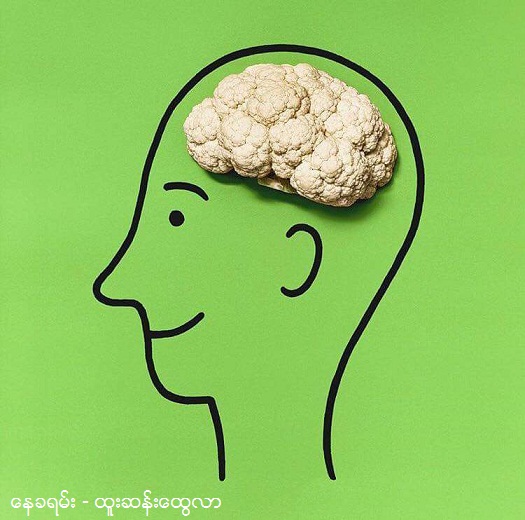 ). The degree of absorption of non-heme iron largely depends on the composition of the diet. So, adding 50 g of meat to a vegetable dish or cereals increases the absorption of iron contained in them by 2 times, adding 50 g of fish enhances this process by 1.5 times.
). The degree of absorption of non-heme iron largely depends on the composition of the diet. So, adding 50 g of meat to a vegetable dish or cereals increases the absorption of iron contained in them by 2 times, adding 50 g of fish enhances this process by 1.5 times.
Magnesium deficiency provokes insomnia and headaches, exhausting the cerebral cortex, reducing its capabilities and performance, causes irritability, forgetfulness, causes frequent dizziness. Magnesium is found in boiled potatoes, broccoli, processed cheese, cocoa beans, milk, bananas, honey, almonds, fish fillets, beans, peas, nuts, cereals, herbs, seafood.
Lack of chromium causes anxiety, potentiating the feeling of restlessness. Found in corn, black bread, black tea, meat dishes garnished with boiled jacket potatoes, and many other common foods.
Iodine deficiency leads to depression. Chronic iodine deficiency from an early age can lead to cretinism.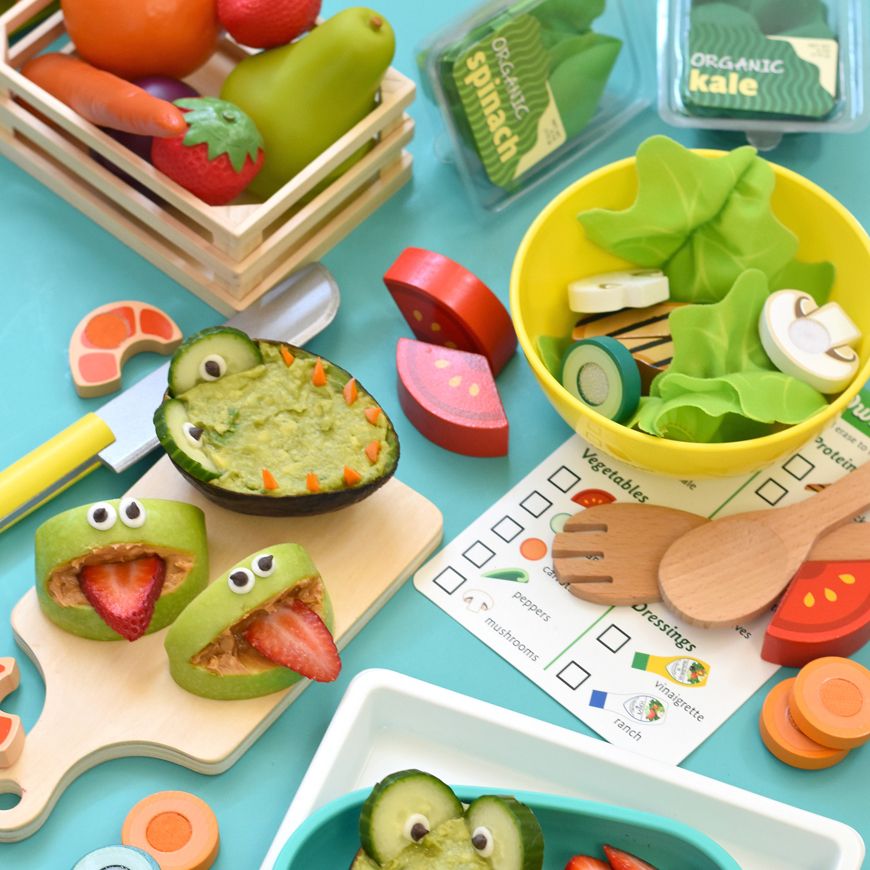 With iodine deficiency, memory suffers, small hand movements are disturbed, which are associated with the development of speech, attention, the ability to put words into sentences, and the processing of visual and auditory information. Source - algae, mussels, shrimps, sea kale, fish, iodized salt, mushrooms.
With iodine deficiency, memory suffers, small hand movements are disturbed, which are associated with the development of speech, attention, the ability to put words into sentences, and the processing of visual and auditory information. Source - algae, mussels, shrimps, sea kale, fish, iodized salt, mushrooms.
Zinc , like iron, an antioxidant, it protects brain cells from harmful effects. It affects all types of metabolism, is part of brain proteins, controls the synthesis of those proteins that are responsible for memory and learning. If the child began to see poorly in the dark, squints, although there are no obvious visual impairments, the zinc content in the blood should be checked. There is a lot of zinc in herring, mackerel, liver, meat, eggs, mushrooms, cereals, pine nuts, pumpkin seeds and sesame seeds. It is better absorbed from meat products than from plant foods.
The power supply mode of a primary school student is directly related to a daily routine.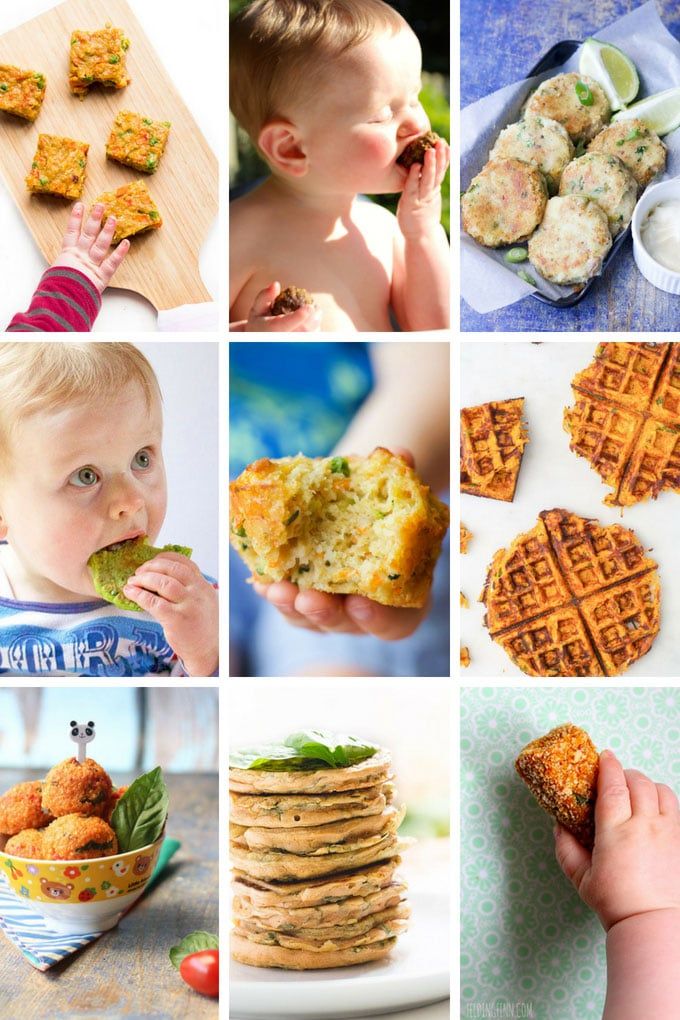 Children spend a significant part of the time at school. In this regard, the alternation of mental stress and periods of rest should be taken into account. During a period of significant mental stress, food should be fractional and easily digestible. The dense part of the diet, a hearty meal that supplies proteins and fats and requires a long digestion, should be transferred to a period of more or less long rest.
Children spend a significant part of the time at school. In this regard, the alternation of mental stress and periods of rest should be taken into account. During a period of significant mental stress, food should be fractional and easily digestible. The dense part of the diet, a hearty meal that supplies proteins and fats and requires a long digestion, should be transferred to a period of more or less long rest.
Approximate regime of the day of the younger student:
- 07.30 – 08.00 Breakfast at home
- 10.00 – 11.00 Hot breakfast at school
- 12.00 - 13.00 Lunch at home or at school
- 19.00 – 19.30 Dinner at home
Breakfast food should not be heavy, oversaturated with fats. It can be fish, boiled egg or scrambled eggs, cutlet, cottage cheese, porridge. And be sure to have some vegetables or fruits. You can supplement the menu with tea, cocoa with milk or juice.
Lunch should contain protein-rich foods. Meat, poultry or fish contribute to filling the blood with amino acids that stimulate brain activity.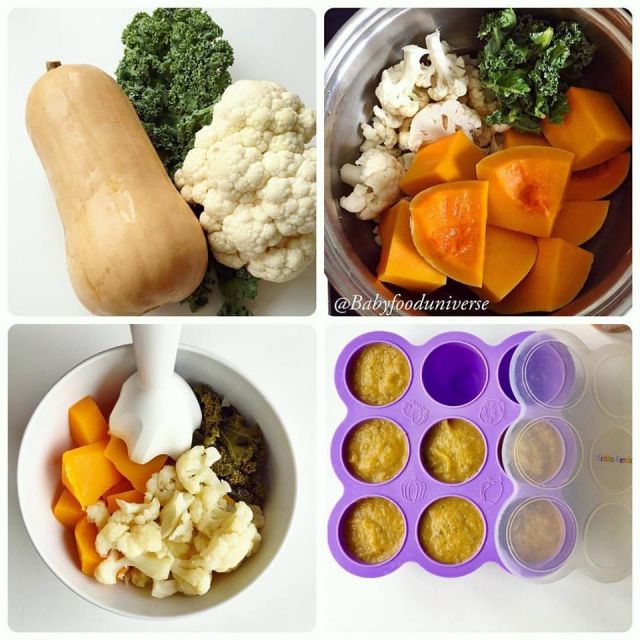
At dinner, on the contrary, you should not eat foods high in protein. Instead, carbohydrates are good, which are most beneficial just shortly before bedtime.
Strawberries, wild strawberries and blueberries improve coordination, concentration and short-term memory.
Berries (cranberries, blueberries, grapes), vegetables (white cabbage and beets) and fish (salmon, tuna, sardines and fatty herring) are very useful for developing the intellect.
Chocolate increases intellectual activity. Consumption of chocolate contributes to the production of serotonin in the body, a neurotransmitter and biologically active substance, the lack of which can lead to a decrease in mood and even depression. Chocolate also contains theobromine, a stimulant that dramatically improves mood. Bitter chocolate varieties activate the brain and have a positive effect on the cardiovascular system. Varieties with a high cocoa content (above 70%) have a particularly beneficial effect on brain function.